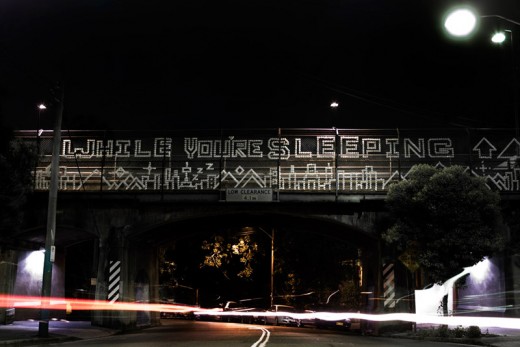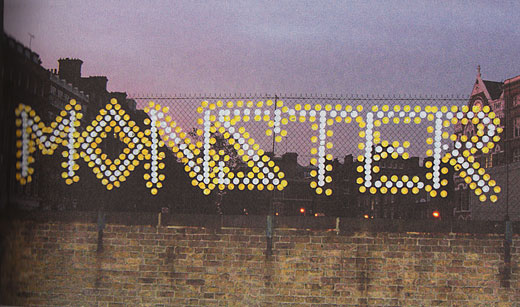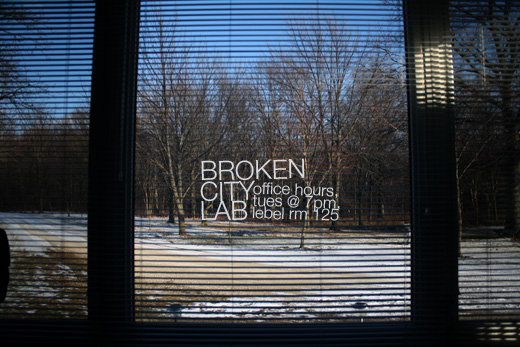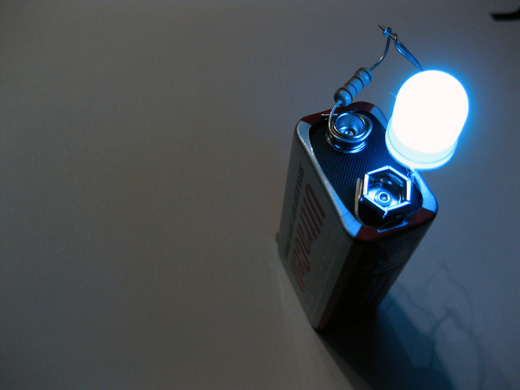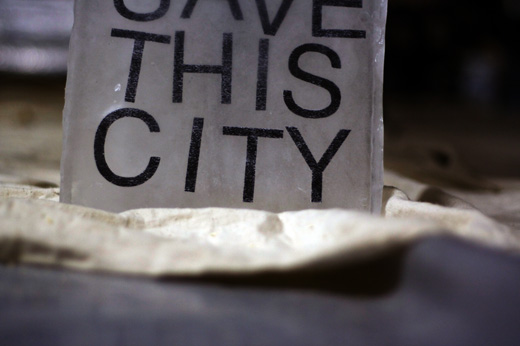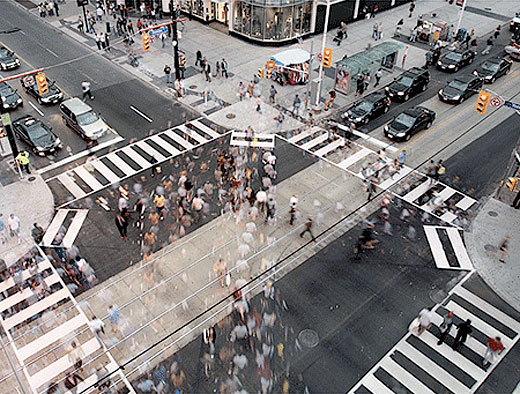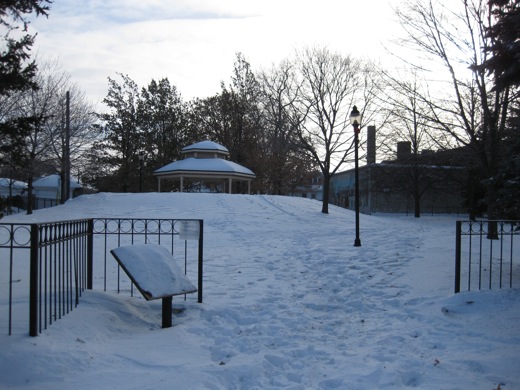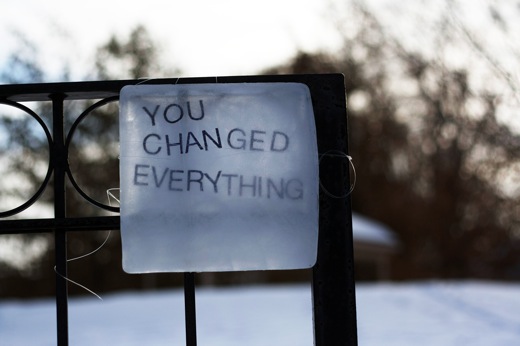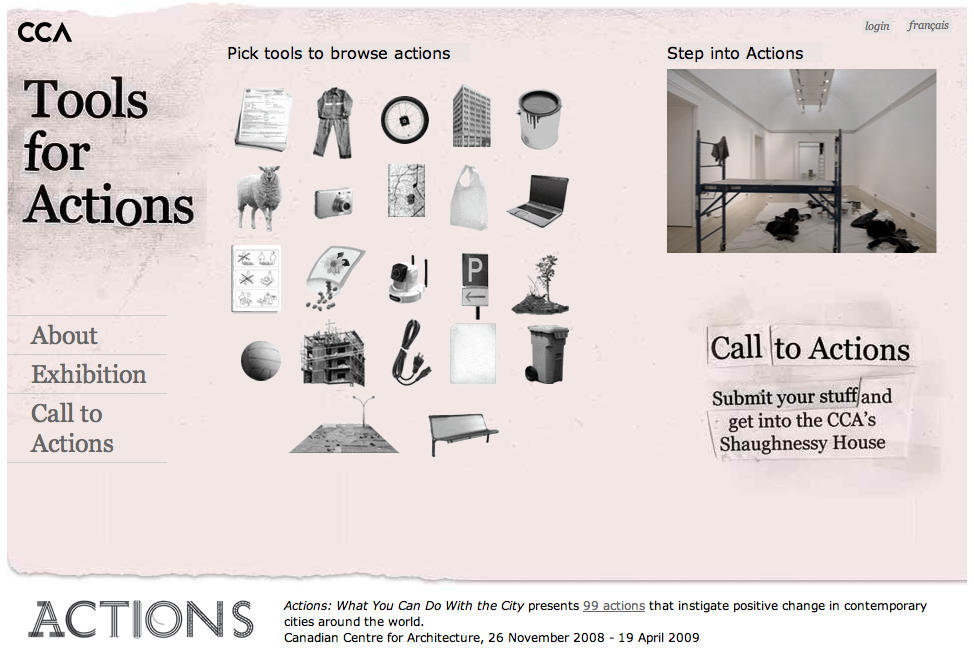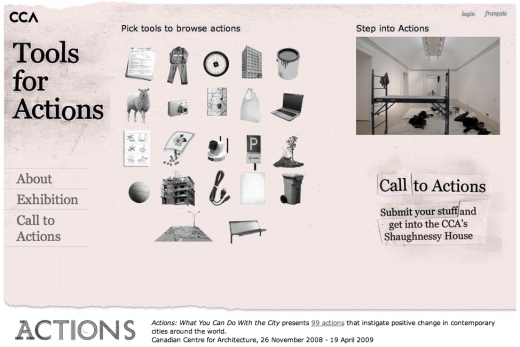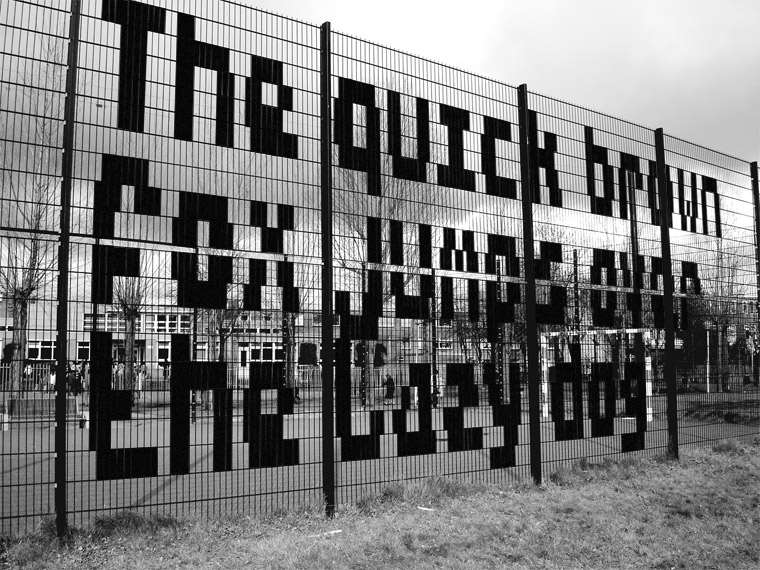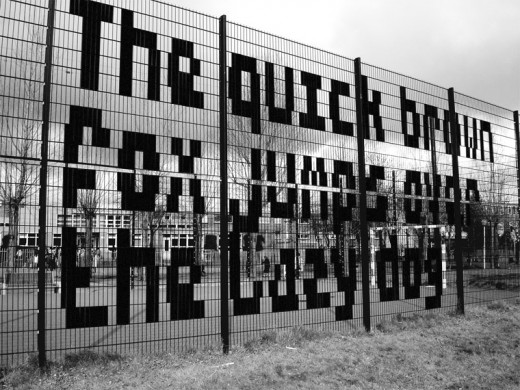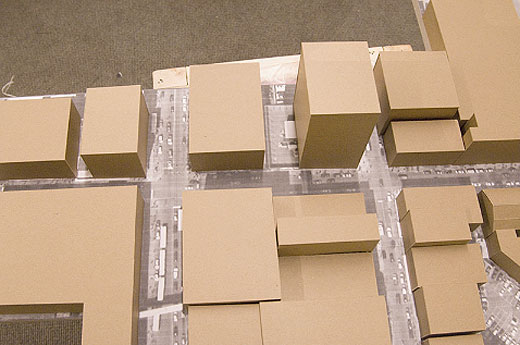
COLAB is an interdisciplinary program run out of Syracuse University that pushes students to learn how to approach problems collaboratively and share multiple perspectives while working toward creative solutions. Their website is still coming together, the few posts on there are mostly videos / slideshows showing students working on various projects, but it looks like some really interesting things could come out of it.
The thing that caught my eye was this charrette competition, which partnered students from various disciplines over a weekend to come up with ideas and visions for the revitalization of a core downtown area. The competition was sponsored by the Syracuse Chamber of Commerce, and some students will stay on with the Chamber to continue in the planning of moving forward with some of the proposed changes.
Not that I necessarily want to get into this discussion, but I might bring up the University of Windsor‘s logo at this point. Rumours put the price tag of this gem at around $1 million (which I’m sure includes the surrounding “branding” program). The majority of reactions to the logo, as I’ve heard them, begs the question—why not engage students in the design process, or ask them to design it, period? Why wouldn’t this University (or even the city) ask for students to contribute on a regular basis to (at the very least) reimagining, well, everything? How is anything in this city going to be pushed forward if planning is continually done behind closed doors, without the input of the real stakeholders? For now, it likely won’t.
At any rate, it’s alright that no one is asking, because in reality this just gives us more to work with.
